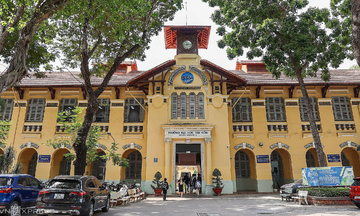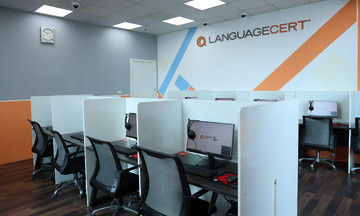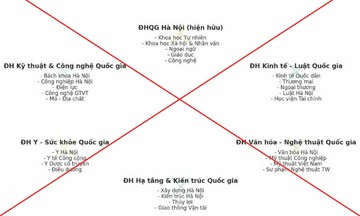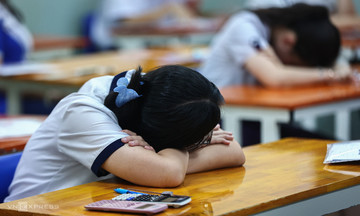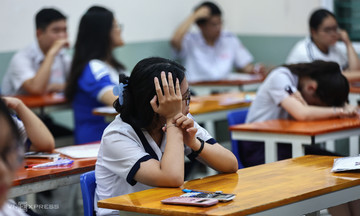A survey on university admissions from 2026 onwards was distributed to representatives of over 200 universities at a higher education conference on 18/9.
The survey presented two options regarding high school transcript-based admissions: elimination or continued use.
According to ministry statistics, transcript-based admissions accounted for 42.4% of applications this year, while high school graduation exam scores accounted for 39.1%. The remaining applications utilized other methods.
Transcript-based admissions have been a dominant yet controversial method for years. Many experts argue that this method creates inequities due to the lack of standardized evaluation criteria. Assessment methods and grading scales for transcripts can vary across localities and schools.
The prevalence of transcript-based admissions also inflates the admission standards based on high school graduation exam scores.
Despite the controversy, many universities continue to use transcript-based admissions due to their autonomy in admissions and the absence of a ministry ban. This is particularly true for universities facing recruitment challenges.
The ministry is also seeking feedback on the number of university application choices allowed per student. This year, approximately 852,000 students submitted 7.6 million applications. Nearly 40% of applicants submitted 5 or fewer choices, while almost 31% submitted between 6 and 10. The remaining applicants submitted more than 10 choices.
While unlimited application choices increase the chances of acceptance and reduce pressure on students, it also overloads the admissions processing system.
The ministry proposed three options: a maximum of 5 choices, 10 choices, or continuing the current unlimited policy.
 |
Students in TP HCM taking the 2025 high school graduation exam. Photo: Quynh Tran |
This year, universities used 17 admissions methods. All methods were implemented in a single phase after students received their high school graduation exam scores, unlike previous years where some methods were used for early admissions.
To date, around 773,200 students have been accepted to universities and colleges, but only nearly 625,500 have confirmed their enrollment. University admission scores ranged from 13 to 30, with an average of 19.11, a decrease of 3 points compared to last year.
Six majors had perfect admission scores: english language education and chinese language education, both at Hue university and the university of languages and international studies, Vietnam national university, Hanoi; international relations at the academy of military science; and medicine at the Vietnam military medical university.
Following the first admissions round, dozens of universities announced additional admissions, primarily based on transcripts and high school graduation exam scores. The ministry allows additional admissions until December.
Duong Tam






